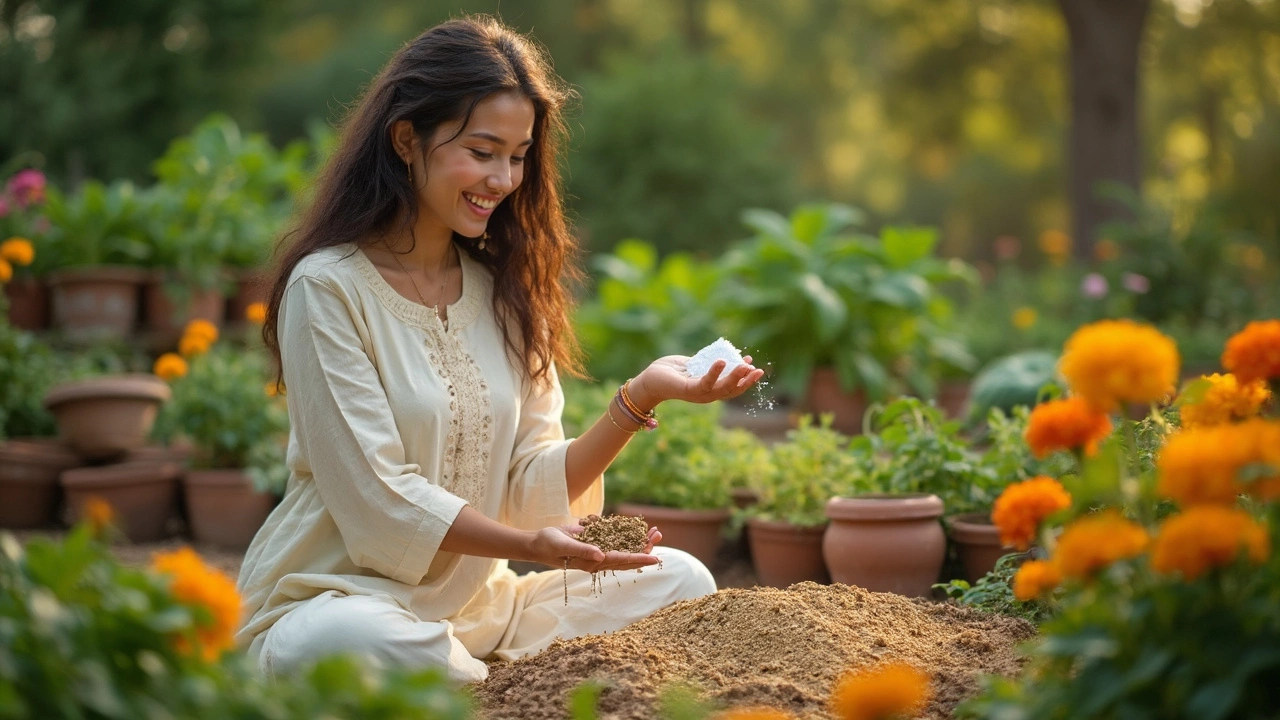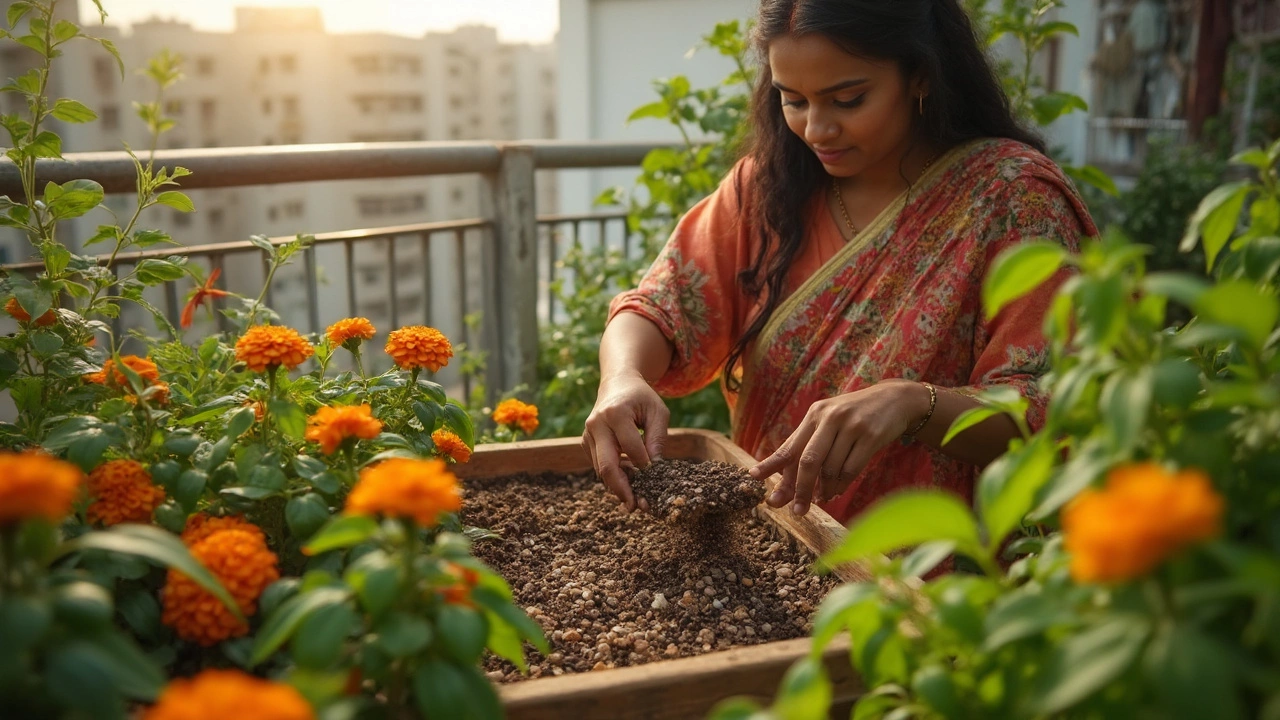Curious if vermiculite or perlite is right for your garden? This article breaks down the real differences and helps you decide what’s best for your plants. We’ll look at how each works in the soil, their pros and cons, and which situations suit them best. Get handy tips and facts straight from real-life gardening experience. Let’s get practical about boosting plant growth.
Drainage in Gardening: Why It Matters and How to Get It Right
When you think about plant health, you probably focus on water, sunlight, or fertilizer. But one thing most gardeners overlook is drainage, the process by which excess water moves through soil so roots don’t sit in standing water. Also known as soil percolation, it’s the silent hero behind every thriving plant—whether it’s a balcony herb or a backyard vegetable patch. Without proper drainage, even the best soil turns into a death trap. Roots suffocate. Fungi spread. Plants yellow and die. And it’s not just about watering too much—it’s about what happens after the water stops.
Bad drainage shows up in many ways. You water your tomatoes, and the soil stays soggy for days. Your hydrangeas drop leaves even though you haven’t overwatered. Your drip emitters clog because water pools and pulls dirt into the lines. These aren’t random problems—they’re all symptoms of the same root cause: water that won’t drain. The fix isn’t always more watering cans or fancier tools. It’s understanding how your soil behaves. Dense clay soil? It holds water like a sponge. Sandy soil? It drains too fast. The middle ground—loamy soil—is what most plants want. But you don’t need perfect soil. You just need to improve what you have. Adding compost, perlite, or leaf mold helps loosen heavy soil. Raised beds and container gardens give you control over the mix. Even small changes like tilting pots slightly or adding gravel at the bottom can make a big difference.
Drainage isn’t just about soil. It’s about where you place your plants. A balcony facing the wrong direction might collect rainwater in one corner. A terrace garden built over concrete can trap water underneath. And if you’re using recycled containers, check for holes—many don’t come with them. The best gardeners don’t guess. They watch. They feel the soil. They test how fast water disappears after a good soak. That’s how you learn what your space needs.
In the posts below, you’ll find real fixes for real problems. Learn how to dry out an overwatered houseplant, why drip emitters fail and how to fix them, what to mix into dense soil to make it work better, and how to avoid planting hydrangeas where water pools. These aren’t theory pages. They’re practical guides from gardeners who’ve been there—wet shoes, wilted plants, and all.
Discover step-by-step tips for filling your balcony planter so your plants thrive, not just survive. Learn which materials keep roots healthy, how to balance drainage and water retention, and how to tailor the setup to your favorite flowers or herbs. Avoid common balcony mistakes with smart hacks for airflow and weight management. Even small spaces can overflow with green if you get this foundation right. Balcony gardening isn't complicated—here’s how to do it the easy, effective way.

